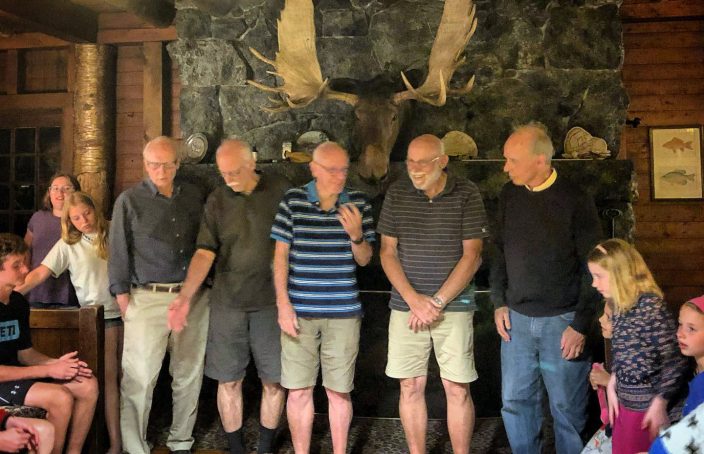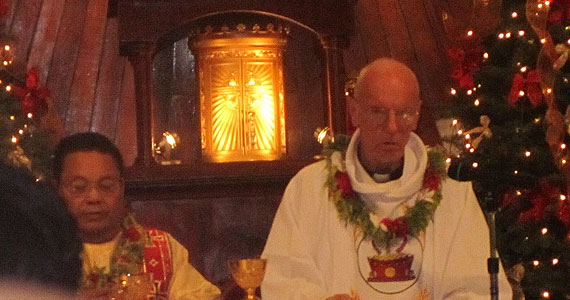Christmas 2019
One of the keynotes of this past year was a home visit during the summer. It was highlighted by a week with a family that has grown closer over the years, even if the members of this broad group are scattered throughout the northeast.
Where exactly is home? I sometimes ask myself. Surely not Buffalo, where I haven’t lived for the past sixty years, even though the city holds warm memories from long ago and is still the residence of some family and good friends. Not even Chuuk and Pohnpei, places that offer other rich memories and bonds. Nor Guam, where I currently work. As a Jesuit friend of mine, who passed away early this year, used to say of the island in which he spent much of his life: “We have here no lasting city.”
The truth is that most of us carry our home with us wherever we go. “Home is where the heart is,” as the old saying goes. For me, not a single place, but a flood of memorable experiences starring a large cast of friends from all over. Pardon the sentimentality (although you should expect it of an old-timer), but our home is buried deep inside ourselves.
Once again this summer I discovered that we “senior citizens” travel not to see exciting new places, but to recapture what we can of the old. So the travel was planned to reconnect with as many old friends as possible. A few of them I hadn’t seen in 30 or 40 years.
Guam may not be home exactly, but it has given me marvelous opportunities for ministry and many more friends. My 50th anniversary of priesthood last June brought many of these friends together for the celebration that continued through the whole summer.
Ministry here takes the form of masses and blessings–a seemingly endless stream of both. Then there are the knocks on my door, many of them from the homeless looking for food or cash. So I walk to the door praying for patience and understanding, even if I have to turn down the request for assistance.
Perhaps the video on the homeless on Guam that we hope to complete in January can help people here understand the complexity of this problem. After all, many others are also getting knocks on their doors. We’ve filmed the interviews and designed the narrative to offer a picture of those street people: who they are, where they sleep, where they find friends, how they spend their day, and what brought them to the streets in the first place. “Heart But No Home” is the working title of the film. To date we have received almost $15,000 in funding, but need another $7,000. Any Christmas gifts received this year will be used to complete this project. May I ask for your kind help? You can contribute via a GoFundMe campaign using this link: http://gf.me/u/w8rwwp
On the side, I do what I can to deepen Guamanians’ appreciation of their own history and forms of cultural survival, even after the coming of Christianity three and a half centuries ago. A publication on this subject is on the way.
Let us support one another in our readiness to respond to those knocks and ask for the discernment to understand how best to help.
May the joy and peace of Christmas be yours now and always!








